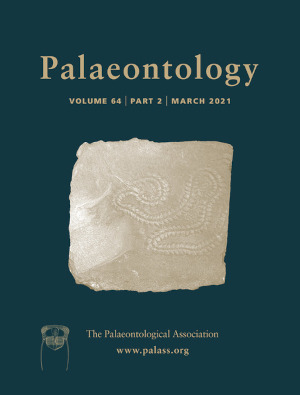Reg. Charity No. 1168330

Corals are powerful ecosystem engineers and can form reef communities with extraordinary biodiversity through time. Understanding the processes underlying the spatial distribution of corals allows us to identify the key biological and physical processes that structure coral communities and how these processes and interactions have evolved. However, few spatial ecology studies have been conducted on coral assemblages in the fossil record. Here we use spatial point process analysis (SPPA) to investigate the ecological interactions of an in situ tabulate and rugose coral community (n = 199), preserved under volcanic ash in the Silurian of Ireland. SPPA is able to identify many different sorts of interactions including dispersal limitation and competition within and between taxa. Our SPPA found that the spatial distribution of rugose corals were best modelled by Thomas clusters (pd = 0.834), indicating a single dispersal episode and that the tabulate corals were best modelled by double Thomas clusters (pd = 0.820), indicating two dispersal episodes. Further, the bivariate distribution was best modelled by linked double clusters (pd = 0.970), giving significant evidence of facilitation between the tabulate and rugose populations, and identifying the facilitators in this community to be the tabulate corals. This interaction could be an important ecological driver for enabling the aggregation of sessile organisms over long temporal periods and facilitation may help to explain trends in reef diversity and abundance during the Ordovician biodiversification and in the early Silurian.
AcknowledgementsWe thank Alex Liu for initial encouragement with project. Thanks also to Trish Walsh at the Petersburg Outdoor Education Centre in Clobur, Galway, Charlotte Kenchington for assistance during fieldwork and to Dave Harper for useful discussions. Research and fieldwork was supported by a Palaeontological Association Sylvester-Bradley grant (PA-SB201802 to AD), Worts Travelling Scholars Fund and the Cowper-Reed Palaeontology fund (Dept. Earth Sciences, Cambridge) to AD and the Natural Environment Research Council (grant numbers 627 NE/P002412/1 and Independent Research Fellowship NE/S014756/1 to EGM). We are grateful for the comments made by the two anonymous referees, who helped improve the manuscript.
AD first conceived the project. AD and EGM collected the field data. AD performed the analyses. Both authors discussed results and prepared the manuscript.